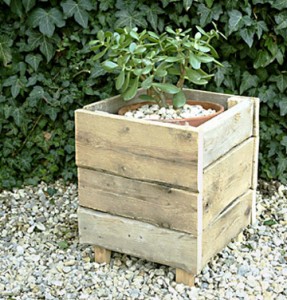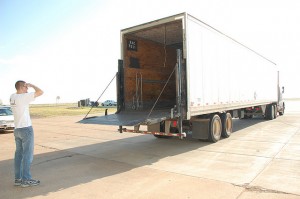
What kind of customer can use LTL freight shipping?
LTL freight carriers are primarily used by small to medium sized businesses that need to move shipments which do not take up an entire 53 foot van. Commonly shipped items include machinery, crated furniture, engines, and pallets of foodstuffs and equipment. LTL carriers also serve large companies when they have small amounts of product, typically six pallets of fewer, to move from one location to another. Companies choose LTL because it saves money and is more fuel-efficient than sending a half-empty truck. Go green!
Can individuals use LTL shipping?
Absolutely. ShippingDiscounts.com has dedicated staff to serve one-time and non-business customers. If you’ve never shipped before, please read our articles about freight class and choosing a shipping method.
I want a quote to move something I bought online, but I don’t know the dimensions and weight.
Ask your seller to provide the shipping dimensions and weight. If they don’t know, try the manufacturer’s website. Freight rates depend heavily on how much an item weighs and how much space it takes up because it will be combined with other freight in the truck’s limited space. In the US, most trucks cannot hold more than 44,000 pounds.
How do I package my freight?
Packaging requirements vary based on what is being shipped. It’s usually best to err on the side of more packaging than less. You can never go wrong with a crate!
At the ShippingDiscounts.com freight desk, we often receive questions about packaging. Here is our guide to the major types of packaging used in freight shipping applications.
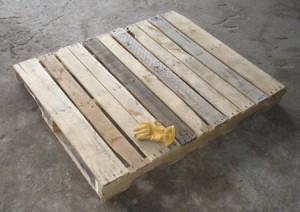
Pallets. Sometimes called “skids,” these flat structures stabilize freight and allow a forklift to fit easily underneath. Most pallets are wood or plastic. There are no standard pallet dimensions, but the most common pallets in the US are 48×40 inch “grocery” pallets. Smaller items sometimes ship on “half-pallets.”
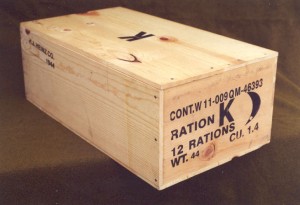
Crates. Most crates are made of wood. Crates are generally used for large, awkward items, such as machinery and motorcycles. A shipment of one or two crates is ideal for LTL freight. Usually, a crate will need to be built specifically for an item, whereas pallets can be reused for a new shipment.
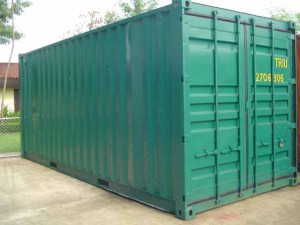
Shipping Containers These colorful containers are typically used in ocean freight and rail freight shipping. Due to their large size, they cannot be shipped as LTL freight. Shipping containers can be filled with pallets, boxes, and even vehicles.
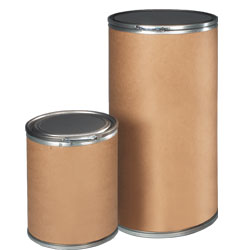
Drums- Drums are most often used to ship industrial liquids, although sometimes personal belongings like clothes are shipped in a drum. Often, drums of liquids are secured to a pallet to keep them upright.
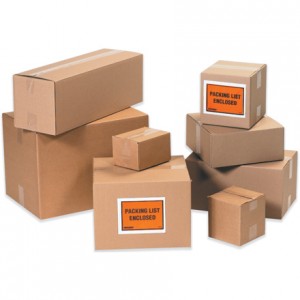
Boxes. In the LTL freight world, shipments with multiple boxes are usually attached to a pallet for ease of transport. However, loose boxes can be shipped in small numbers. Household and personal items are commonly shipped in boxes. Electronics, foodstuffs, and printed materials are often both boxed and palletized.
When you ship LTL freight, your goods are almost always going to travel on a wood or plastic pallet. Some of our customers ask, “What do I do with this pallet now that my shipment has arrived?” We’ve seen some creative uses for pallets in the past. This spring, we’re checking out pallet gardens. Check out some of these fresh designs!
If you’re a regular reader of this blog, you’ll know that we talk a lot about freight class. Almost every item imaginable has a freight class, and if properly packaged, you can send most items as LTL freight. But there are a few items that cannot ship as LTL freight and consequently do not have a class. Here are the items you can’t ship- it’s a short list!
Raw fish scrap
Some perfume ingredients
Jeweler scrap of extraordinary value
Gold articles
Original artwork
Illegal gambling devices
Certain pesticides
Rocket launchers




